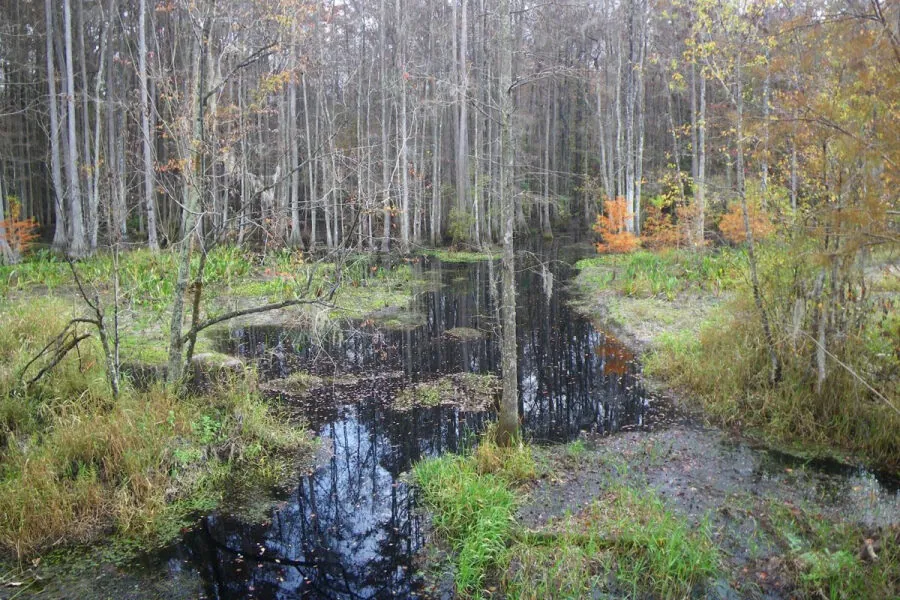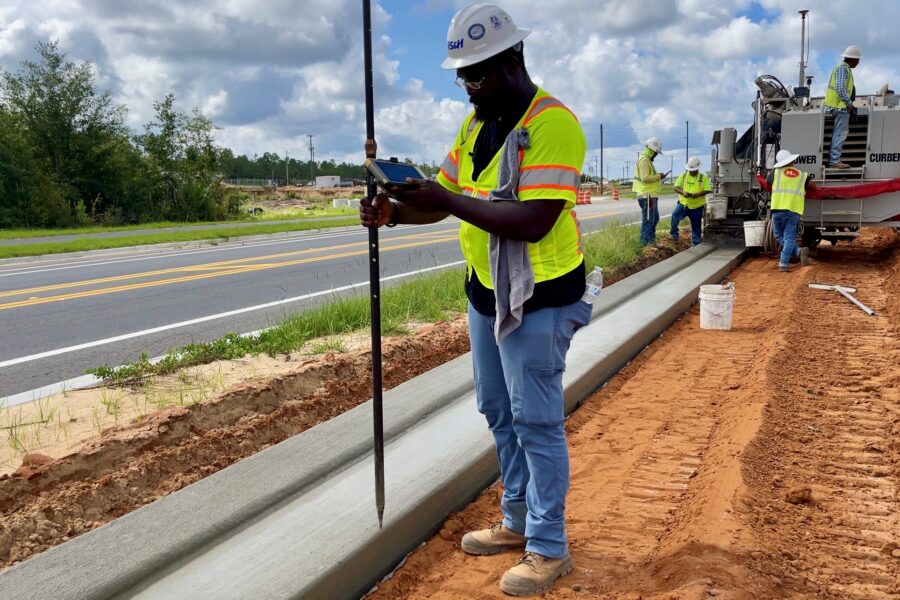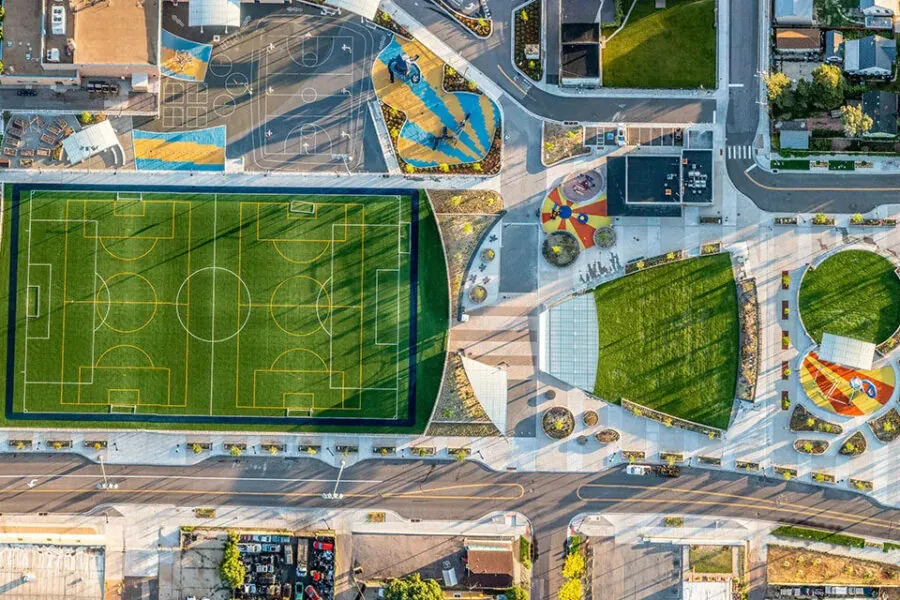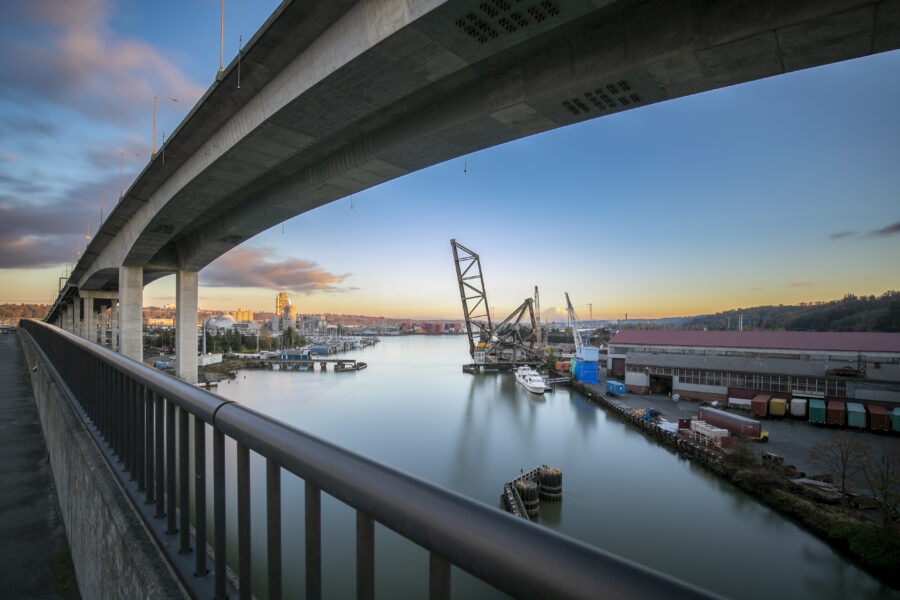Blue Carbon & Opportunities for Sustainable Greenhouse Gas Sequestration

Purposeful, anthropogenic carbon sequestration is a fairly recent endeavor to mitigate carbon releases from industrial processes. The theory revolves around actively removing carbon dioxide from the atmosphere through national processes to reduce the effects of manmade climate change.
Greenhouse gas (GHG) removal is not only a necessity for general global health, it is a lucrative business opportunity. Many companies purchase carbon credits to offset GHG releases from their particular manufacturing processes. This has been often accomplished and credits have been created by forest planting or preservation, carbon dioxide injection into geologic formations and conservation-minded agricultural practices, among others. But a novel approach to the “carbon crisis” is blue carbon.
Before we start discussing how to handle today’s atmospheric carbon, we ought to start with where it came from in the first place.
Where Today’s Fossil Fuels Come From
Most of the fossil fuels extracted from the coal beds and oil fields we know of today were formed from the plants and algae that lived, died and were buried by sediments during the Carboniferous Period (359 to 299 million years ago).
In the Carboniferous Period, temperatures were similar to what we experience now, but the Earth (including 35 percent of the continental landmasses we know and love today) was covered by inland seas and swamps – so everything west of the Rockies was under water. The atmospheric carbon dioxide in the early Carboniferous was between 2,000 and 4,000 parts per million (ppm), compared to our 300 to 400 ppm today. Abundant water and carbon dioxide led to an explosion of plant life. Not only were the inland seas full of algae in a kind of primordial pea soup, but on land, ferns were the size of oak trees or tall buildings.
Carbon is sequestered or trapped, in flooded areas when anaerobic conditions (without oxygen) develop in water-saturated soils. Organisms decay much more slowly in anaerobic environments and this facilitates organic matter accumulation and eventual burial by sediments. The breakdown of dead animals and plants by microorganisms in the absence of oxygen occurs almost 18 times slower than when oxygen is present (aerobic conditions). Because the critters eating the plants can’t keep up with the rate of new dead plants deposition, sediment carried in by stormwater inflows and wind eventually buries the uneaten plant layers beneath. This permanently removes or sequesters, the dead organism’s carbon from atmospheric carbon cycles, and over geologic time, these organic deposits trapped in sedimentary rock became the coal and oil deposits we consume today.
But you probably learned most of this in school, right? What does this have to do with blue Carbon?
Blue Carbon and Wetland Conservation
Some of the best natural, long-term carbon sequestration areas (i.e. sinks) are wetlands and open water. Examples include your good old-fashioned swamps, bayous, mangrove forests, salt marshes and seagrass beds. Blue carbon refers to the process of restoring, expanding or creating these areas expressly for carbon sequestration to generate carbon credits that offset greenhouse gas emissions.
Think about it. If nature has already demonstrated these ecosystems are highly effective carbon sinks (see the Carboniferous Period), it seems logical to focus our current carbon sequestration efforts there, too.
Although smaller in size, wetlands absorb carbon at much faster rates than adjacent forests. In addition to carbon storage, the wetlands are also acting as biogeochemical filters of pollution in stormwater runoff, which reduces pollution entering streams, lakes and oceans.
We are all aware of the need for coastal and wetland habitat conservation and restoration. Wetlands offer critical habitats for wildlife and plants that call these areas home. These ecosystems act as buffers that reduce inland flooding and erosion from hurricanes and severe storms; provide nurseries for young fish in commercial fisheries and provide ecotourism attractions.
Carbon sequestration is yet another example of the critical role our wetlands and coastal areas play in overall ecosystem health. The implementation of blue carbon projects includes the same benefits related to wetland preservation and mitigation, but because they are offsetting a mutually exclusive impact, wetland surface area would increase at a possibly exponential rate.
The Importance of Blue Carbon Credits
Rates of wetland loss in southern Louisiana are estimated at one acre every hour. The potential benefit of blue carbon to the Gulf Coast could be crucial to the continued existence of the vast fresh, brackish and saline marshes and swamps found there.
The purchase of blue carbon credits could provide the additional economic drive needed for saving and restoring these invaluable wetland resources that provide so much more than we often realize. By burning fossil fuels, we are taking carbon captured from the air in the Carboniferous Period and re-releasing it back into the atmosphere. If we decide we need to catch, capture, and hold it again, perhaps instead of reinventing the wheel, we should look to the mechanisms that caught it in the first place.
RS&H is dedicated to preserving, protecting and enhancing the world’s natural resources. Learn more about our environmental services.




